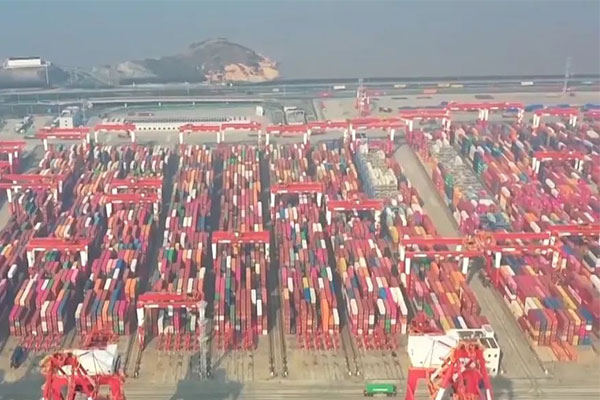
How to judge a pellet mill輸出代理店The professionalism of the merchant?
When selecting an export agent, the following key factors should be carefully evaluated:
- Years of Industry Experience: Prioritize agents with over five years of export experience in mechanical products (for example, we handled the EU CE certification project for a biomass pellet machine in 2018).
- Completeness of Qualification Documents:
- Customs AEO Certification Qualification
- International Freight Forwarder Filing Certificate
- Trade Compliance Audit Report
- Risk control capability: Provide statistics on the customs declaration error rate for the past three years (the industry benchmark for excellence is below 0.5%).
What mandatory certifications are required for pellet mill exports?
According to the latest 2025 international trade regulations, the requirements across different markets vary significantly:
- EU market: CE certification (including Machinery Directive 2006/42/EC) + EAC certification (for Russian-speaking countries)
- North American market: UL certification (pay special attention to the NRTL mark) + FCC electromagnetic compatibility testing
- Southeast Asian market: Prior application is required for the machinery category certification under the ASEAN Common Certification Scheme (ACCS).
Special reminder: Some African countries will require the extended version of the SONCAP certificate starting in 2024, which must include the equipment power test report.
How to accurately determine the HS code for a pellet mill?
It is recommended to adoptThree-Step Verification Method:
- 基礎分類:第84章「原子爐、ボイラー、機械器具」の8438.xxxx
- Function breakdown: Differentiate the tariff codes based on whether the pellet mill’s power exceeds 180 kW.
- Material Confirmation: Equipment used for processing biomass materials and plastic materials falls under different tariff codes.
Typical case: In 2023, a company misreported power parameters, resulting in稅関分類Dispute, ultimately a 12% back payment関稅The difference. It is recommended to entrust a professional agent to file a pre-classification application.
How are tariffs calculated for exported pellet mills?
Formula for the Composition of Tariff Costs:Customs value × (tariff rate + VAT rate) + anti-dumping duty (if applicable)
- US Market: A 2.5% base tariff generally applies, but biomass pellet machines may qualify for duty-free treatment under HS 8467.xxxx.
- EU market: MFN tariff 6.5%, but subject to additional costs from the EU Carbon Border Adjustment Mechanism (CBAM)
- RCEP member states: Eligible to apply the rules of origin accumulation, with tariff reductions of up to 8%.
What are the special requirements for the export logistics of pellet mills?
Recommendations based on device characteristicsModular transportation solution:
- Ocean freight solution:
- 40HQ container loading capacity: 6–8 units of standard models
- Moisture-proof requirements: humidity-sensitive components must be vacuum-packed with silica-gel desiccant
- China-Europe Railway Express: 40% faster than ocean freight, but special attention must be paid:
- The equipment's shock resistance rating must meet the ISTA 3A standard.
- Advance TIR transport guarantee processing
- Air Transport of Special Components: Control systems containing lithium batteries must be declared separately in accordance with IATA DGR 65th Edition.


 カスタマーサービスWeChatをフォローしてください
カスタマーサービスWeChatをフォローしてください